Older adults are turning to food banks at an alarming rate and are the fastest growing group of visitors in Canada, according to HungerCount 2021.
Food bank use has increased by a staggering 36 per cent among Ontario residents 65 and older in 2021 alone and has ballooned by 64 per cent since 2008. This holiday season, an unprecedented number of older Canadians will be struggling with food insecurity and hunger.
Covid risk assessment calculators are a recent weapon in people’s quest to go about their normal lives while staying safe. This one was created by Canada’s National Institute on Ageing, and it asked him questions such as how many people would be at the gathering, how old everyone is and whether everyone had been fully vaccinated.
“Everyone started this pandemic saying COVID doesn’t discriminate. It absolutely does. And it preys on every societal vulnerability we have — biological and social in particular,” said geriatrician Dr. Samir Sinha, the co-chair of the National Institute on Ageing at Ryerson University.
“Older women are much more likely to be living in poverty — and women outlive men. We know the greatest at-risk older population are older single women as they are disproportionately poorer. And those who are racialized are hit the hardest.”
How many co-ordinators do we need for one patient requiring half an hour of care a week? “The private companies are really interested in giving you as much care as possible, because they just send the bill back to the government,” says Dr. Samir Sinha, a leading geriatrician and Director of Health Policy Research at the National Institute on Ageing. But he agrees there is a lot of bureaucracy and the partners involved don’t always share information, which is one reason the private companies need their own co-ordinators and their own assessments.
The National Institute on Ageing, in partnership with the Public Health Agency of Canada, has developed an online tool that allows people to input factors and assess the risk of contracting COVID-19 in advance of an upcoming gathering. There is both a three-minute survey and a more comprehensive 10-minute survey. “It’s as if you have your own private epidemiologist or infectious disease expert,” said Dr. Samir Sinha, NIA Director of Health Policy Research.
The study, conducted by NIA Associate Fellow Edgardo Sepulveda and Ann-Sylvia Brooker of the University Health Network in Toronto, found that higher income inequality in a country was associated with more COVID-19 deaths across all age groups. There are a number of possible explanations for this association, such as a larger proportion of the population being more at risk. This may be due to higher exposure, more comorbidities or poorer access to treatment.
In October, Ryerson University’s National Institute on Ageing unveiled a survey that it had conducted in collaboration with HomeEquity Bank. The survey found that 77% of Canadian respondents in the 55-69 demographic are worried about their financial health. Worse, 79% of respondents revealed that their retirement income would not be enough for a comfortable retirement.
In Canada, at least 92% of seniors are vaccinated against COVID-19. Now experts want that same success with routine vaccinations. "We have to realize that there are actual things that we can do to prevent a lot of unnecessary death," said Dr. Samir Sinha, NIA Director of Health Policy Research. The NIA is targeting the big three: influenza, pneumococcal disease and shingles.
"If someone wants to have the privilege of working with a frail, older person, we need to make sure that they're doing everything they can to protect the people that they're caring for," said Dr. Samir Sinha, NIA Director of Health Policy Research.
His one piece of advice: bring in a vaccine mandate for all staff and ensure everyone gets a third dose as quickly as possible.
Dr. Samir Sinha, Director of Health Policy Research, said there’s no reason why the province couldn’t launch a third-dose vaccination push for long-term-care staff similar to that for residents in late August.
“When you already have an understaffed system, and then there’s a risk that staff are more likely to get infected and potentially get sick and be off, that puts everybody more at risk,” he said, noting he believes it’s “inevitable” a number of homes will see Omicron outbreaks.
“Older people have lots going on at the same time,” Dr. Samir Sinha, NIA Director of Health Policy Research, said.
He suggests retirees, with the support of family members or friends as needed, prepare for their doctor appointment well in advance to prevent potential health issues from being missed.
"We're worried that unless we give staff that extra layer of protection [booster shots], will we see a huge growth of outbreaks in these [long-term care] homes again, where sometimes this population doesn't respond as well to the vaccine as other populations," says Dr. Samir Sinha, NIA Director of Health Policy Research.
Ontario’s Medical Officer of Health Kieran Moore announced the third doses of COVID-19 vaccines will soon be available to anyone 50 years of age and over. "We know a lot of other countries around the world are saying we don't consider you vaccinated unless you've had three doses of the COVID-19 vaccine. Booster shots really will make a difference for a lot of people," says Dr. Samir Sinha, NIA Director of Health Policy Research.
“Many Canadians were unable to gather in person over the holidays last year,” says NIA Executive Director, Michael Nicin. "Many of us are looking forward to spending time with our loved ones in the weeks ahead. COVIDVisitRisk.com, which uses the best available scientific evidence to assign an individual risk level to a gathering, can support Canadians to meet with care and to take the necessary precautions to help keep those they love healthy.”
Get a better quality of sleep
Dr. Sinha, the NIA Director of Health Policy Research says the first thing he tells people who ask how to get a better sleep is that they're going to get frustrated if they expect to sleep as soundly in their 60s and 70s as they did in their 20s and 30s, because our sleep patterns change naturally with age.
Rebooting long-term care
“We currently spend between $22 billion and $24 billion… across Canada providing long-term care,” says Dr. Samir Sinha, NIA Director of Health Policy Research. “Each of the provinces and territories have been left to their own devices to figure out how they may want to provide long-term care services. Funding levels vary significantly, coverage levels vary, the way it’s organized varies, the terminology significantly varies. While you can say hospitals in one province are like hospitals in another, long-term care looks very different, not only across provinces and territories in Canada, but even within provinces and territories.”
On Thursday, Dr. Samir Sinha, Director of Health Policy Research at the NIA, told Markusa that Manitoba won't get ahead of the outbreaks in long-term care facilities without mandatory vaccinations for workers.
Canada has officially reached a vaccination milestone. Our tracker outlines every dose delivered on what's been a long journey
“Being able to develop a vaccine against COVID-19 within a year is frankly a miracle of science, and it’s a gift that we shouldn’t squander,” said Dr. Samir Sinha, Director of Health Policy Research at the NIA. “The sooner we all get vaccinated, and we reach a vaccinated level of herd immunity we’ll have our freedom again as Canadians.”
"In Manitoba right now we have about six homes that are in outbreak, and in Ontario we have a total of eight, and that's 13 million people. Ontario put a staff vaccine mandate in place. And by doing that, we raised our staff vaccination rates from 90% to about 98% and we haven't had a single death in our long-term care homes since October 20th," says Dr. Sinha, NIA Director of Health Policy Research.
Care home visitor policies: a global scan of the latest strategies in countries with high vaccination rates
This scan has been carried out by members of LTCcovid network (including NIA's Dr. Samir Sinha, Natalie Iciaszczyk, and Cameron Feil), a global platform that shares learning on COVID policy and practice responses in long-term care systems. It includes detailed case studies from six countries: Australia, Canada, Iceland, Israel, Norway and the Netherlands.
"I think part of the issue may be a communication issue," says Dr. Sinha, NIA Director of Health Policy Research. "We've been using the term 'that you need two doses to be fully vaccinated' and I think people may not be aware of the significant added benefit of actually why that third dose is so important and how it can really help people get the protection they need for all of us to try to get through this winter more safely."
Applying for your pension early can be very expensive
“Deferral of QPP and CPP payments is the most underused and poorly understood disbursement solution in the country,” says Bonnie-Jeanne MacDonald, Director of Financial Security Research at the University's National Institute on Ageing.
Reducing mortality risk
“The No. 1 issue [that affects mortality risk] is the presence of chronic illnesses,” Sinha said. “But, if you do survive those and manage to live healthy and not develop things [such as] diabetes or cardiovascular disease, and you luckily don’t get accosted by cancer along the way, then there are other illnesses that are likely to catch up with you over time, such as dementia,” says Dr. Samir Sinha, NIA Director of Health Policy Research.
The best dividend stocks for a retirement portfolio
A recent survey conducted by Ipsos for Ryerson University’s National Institute on Ageing and HomeEquity Bank revealed that many Canadians are nervous about their retirement prospects. That survey saw 75% of respondents nearing or in early retirement say that the COVID-19 pandemic had them more concerned about their family’s financial security and well-being. A previous survey conducted by Ipsos revealed that nearly a quarter of respondents were delaying retirement due to the pandemic. Today, I want to look at the best dividend stocks to hold in a retirement portfolio right now.
Unvaxxed loved ones? How to handle tense family gatherings over the holidays
The holiday season is just a month away, and unlike last year when gatherings meant video calls and quiet celebrations with household members, this year promises to be a little less muted. The National Institute on Ageing has a COVID-19 Visit Risk calculator online that can help people assess how safe a visit or gathering will be.
With fewer outbreaks, some Saskatoon care homes loosening visitor restrictions
According to the National Institute on Ageing at Ryerson University in Toronto, which has been tracking the virus in care homes across the country, there have been 694 cases and 123 deaths in about 164 long-term care homes in the province since the beginning of the pandemic.
Worried about running out of money in retirement? A new type of pension plan may soon solve that problem
Dr. Bonnie-Jeanne MacDonald, NIA Director of Financial Security Research, hopes government will move quickly on the necessary regulatory changes and that Canada’s first stand-alone DP pools will be introduced in a year or so.
“It’s a way to democratize pensions,” she said. “To make a lifetime income available to any Canadian who wants to have one.”
Amid soaring prices, retired Canadians are staying in their homes: ‘This is a wake-up call for all of us’
Ninety-six per cent of Ontario seniors over age 55 currently plan to remain in their own homes for as long as possible. The reasons are clear. Many have watched with panic as long-term care residents bore the brunt of the pandemic, with thousands dying and many forced to isolate for months. “The pandemic has created an opportunity to rethink a number of different approaches to aging,” says Dr. Samir Sinha, Director of Health Policy Research at the National Institute on Ageing. “They’re thinking: ‘I don’t want to be one of those statistics on the news.’”
Care as we age: Transforming long-term care
In this episode, Dr. Samir Sinha talks about long-term care and how we can better support individuals as they age. Cracks in the long-term care system in Canada were visible long before the pandemic. COVID just further amplified the failures in a system meant to support and care for the most vulnerable. The question is: Will this finally be the impetus need for real change to happen? And if so, what will it look like and how do we get there?
Peter Chow: No Monoclonal Antibodies in Sault Ontario – But We Have Fluvoxamine
“When we’re hearing about some individuals who are dying who happen to have been fully vaccinated, it starts creating doubt in the minds of others about whether the vaccine is even worth it at all,” said Dr. Samir Sinha, NIA Director of Health Policy Research at the NIA.
Applying for your pension early can be very expensive
“Deferral of QPP and CPP payments is the most underused and poorly understood disbursement solution in the country,” says Bonnie-Jeanne MacDonald, Director of Financial Security Research at the University's National Institute on Ageing.
Reducing mortality risk
“The No. 1 issue [that affects mortality risk] is the presence of chronic illnesses,” Sinha said. “But, if you do survive those and manage to live healthy and not develop things [such as] diabetes or cardiovascular disease, and you luckily don’t get accosted by cancer along the way, then there are other illnesses that are likely to catch up with you over time, such as dementia,” says Dr. Samir Sinha, NIA Director of Health Policy Research.
The best dividend stocks for a retirement portfolio
A recent survey conducted by Ipsos for Ryerson University’s National Institute on Ageing and HomeEquity Bank revealed that many Canadians are nervous about their retirement prospects. That survey saw 75% of respondents nearing or in early retirement say that the COVID-19 pandemic had them more concerned about their family’s financial security and well-being. A previous survey conducted by Ipsos revealed that nearly a quarter of respondents were delaying retirement due to the pandemic. Today, I want to look at the best dividend stocks to hold in a retirement portfolio right now.
Unvaxxed loved ones? How to handle tense family gatherings over the holidays
The holiday season is just a month away, and unlike last year when gatherings meant video calls and quiet celebrations with household members, this year promises to be a little less muted. The National Institute on Ageing has a COVID-19 Visit Risk calculator online that can help people assess how safe a visit or gathering will be.
With fewer outbreaks, some Saskatoon care homes loosening visitor restrictions
According to the National Institute on Ageing at Ryerson University in Toronto, which has been tracking the virus in care homes across the country, there have been 694 cases and 123 deaths in about 164 long-term care homes in the province since the beginning of the pandemic.
Worried about running out of money in retirement? A new type of pension plan may soon solve that problem
Dr. Bonnie-Jeanne MacDonald, NIA Director of Financial Security Research, hopes government will move quickly on the necessary regulatory changes and that Canada’s first stand-alone DP pools will be introduced in a year or so.
“It’s a way to democratize pensions,” she said. “To make a lifetime income available to any Canadian who wants to have one.”
Amid soaring prices, retired Canadians are staying in their homes: ‘This is a wake-up call for all of us’
Ninety-six per cent of Ontario seniors over age 55 currently plan to remain in their own homes for as long as possible. The reasons are clear. Many have watched with panic as long-term care residents bore the brunt of the pandemic, with thousands dying and many forced to isolate for months. “The pandemic has created an opportunity to rethink a number of different approaches to aging,” says Dr. Samir Sinha, Director of Health Policy Research at the National Institute on Ageing. “They’re thinking: ‘I don’t want to be one of those statistics on the news.’”
Care as we age: Transforming long-term care
In this episode, Dr. Samir Sinha talks about long-term care and how we can better support individuals as they age. Cracks in the long-term care system in Canada were visible long before the pandemic. COVID just further amplified the failures in a system meant to support and care for the most vulnerable. The question is: Will this finally be the impetus need for real change to happen? And if so, what will it look like and how do we get there?
Peter Chow: No Monoclonal Antibodies in Sault Ontario – But We Have Fluvoxamine
“When we’re hearing about some individuals who are dying who happen to have been fully vaccinated, it starts creating doubt in the minds of others about whether the vaccine is even worth it at all,” said Dr. Samir Sinha, NIA Director of Health Policy Research at the NIA.
Ageism is discrimination too: 3 important takeaways from Generous Futures — Addressing Ageism
The season 2 premiere Addressing Ageism highlights how charitable giving is carving new pathways for seniors. The panel, moderated by Michael Nicin, Executive Director, National Institute on Ageing features experts in the field, Dr. Samir Sinha, Mitch Frazer, Chameli Naraine, and Delores Lawrence.
Provinces’ top doctors reject COVID booster shots for all, for now
Dr.Samir Sinha, the Director of Health Policy Research at NIA, told QP Briefing that the science shows a booster shot is a "likely necessity," particularly among more vulnerable groups. The question to Sinha is more about when to deploy the booster shot, and which populations to prioritize. "How do we equitably distribute booster shots?" he asked, identifying what he saw as a critical question on the issue. He identified the British Columbia case study as a good one, in which seniors, front-line health-care workers and Indigenous people are prioritized for booster shots. These groups were also among the first to have access to the initial vaccine, making the timing gap suitable for them to have their booster shots soon.
Ageing and thriving in the 21st century
An Ontario study by the National Institute on Ageing found that, at minimum, 8% of newly admitted long-term care residents could have avoided admission with the right home-based supports. As well, too may seniors then get bounced around from facility to facility, especially if they ‘break the rules’, or are in and out of hospital, factors which accelerate decline.
































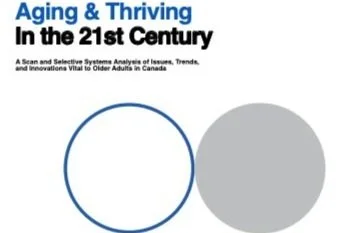




































































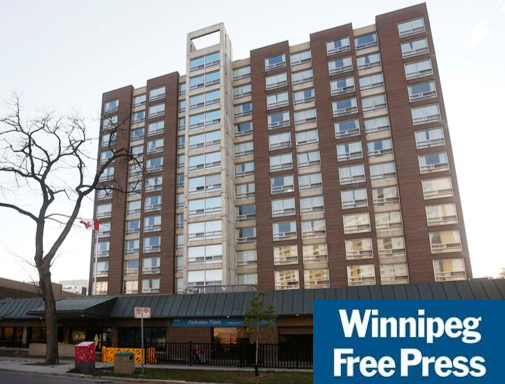
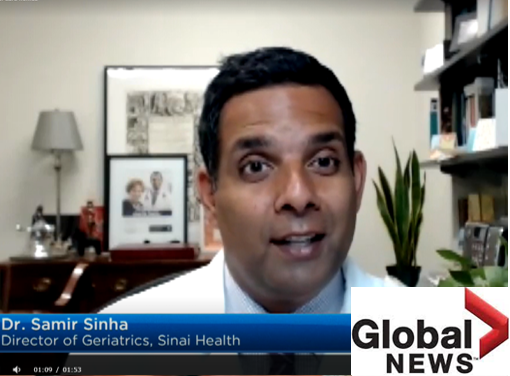



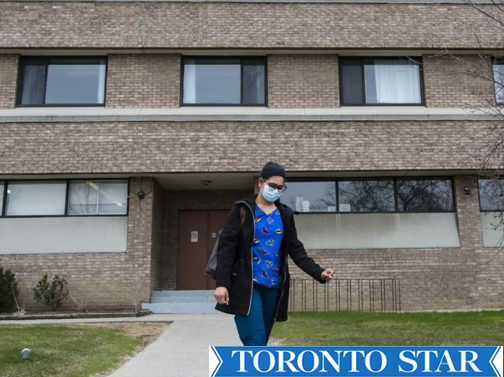

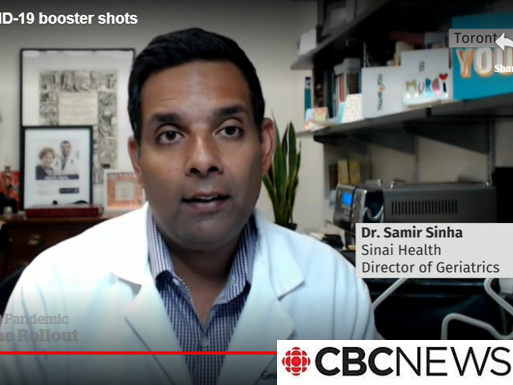
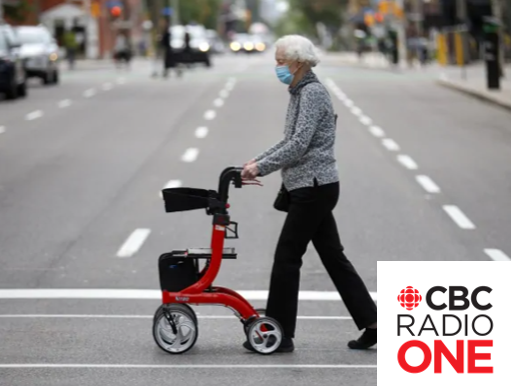
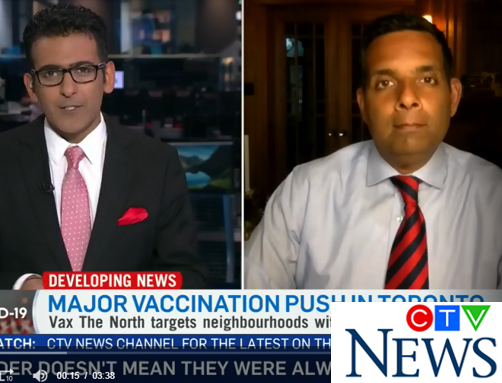






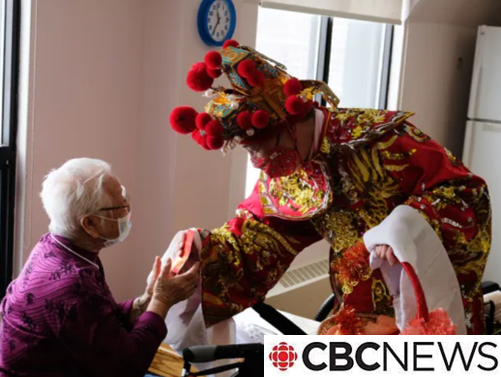

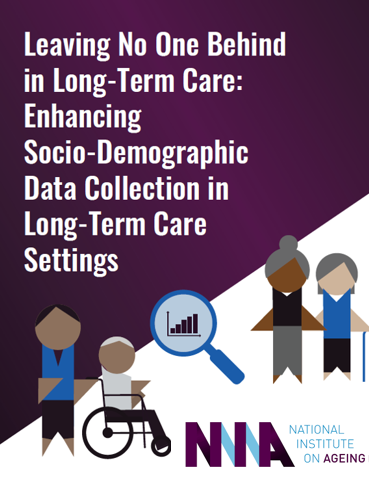

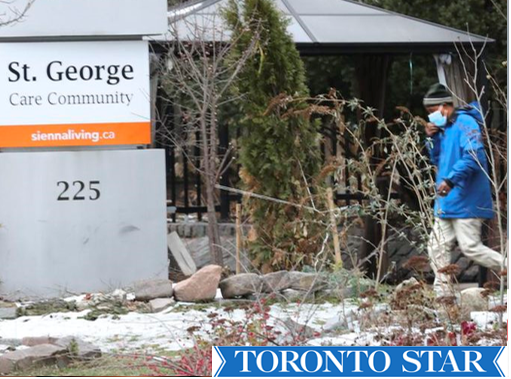








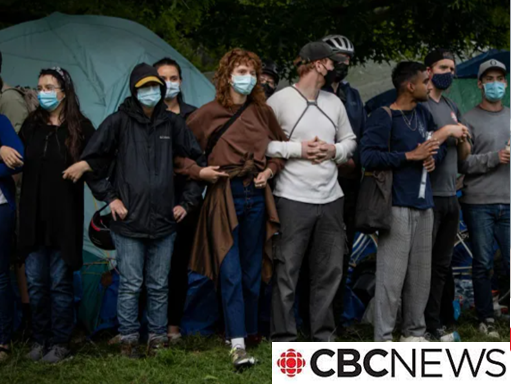






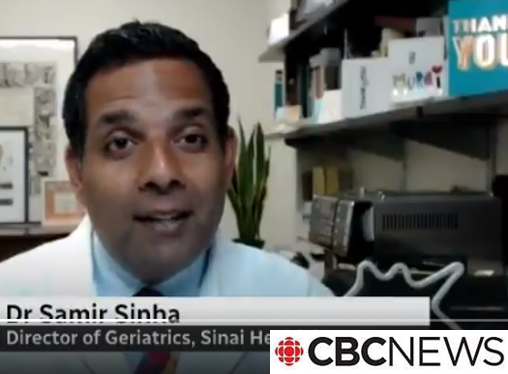
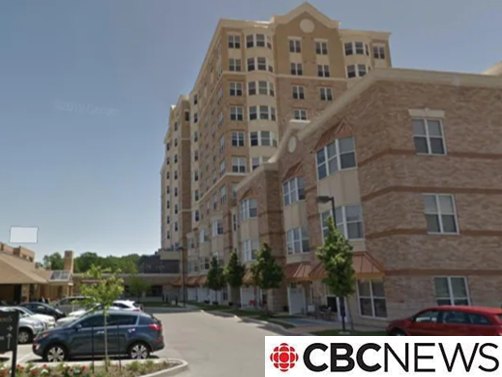



























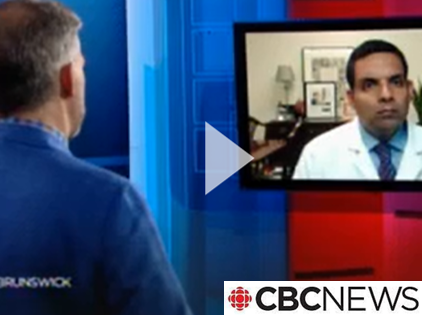


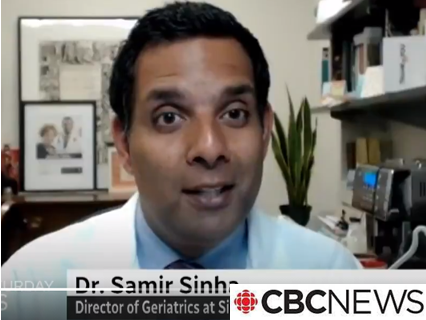








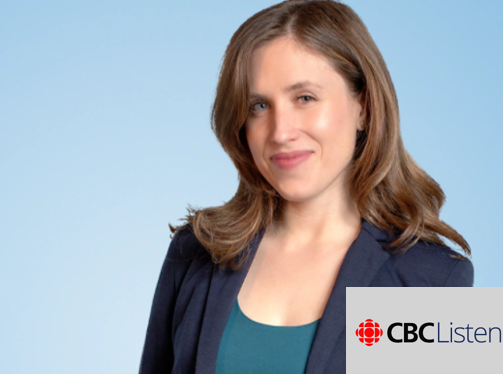



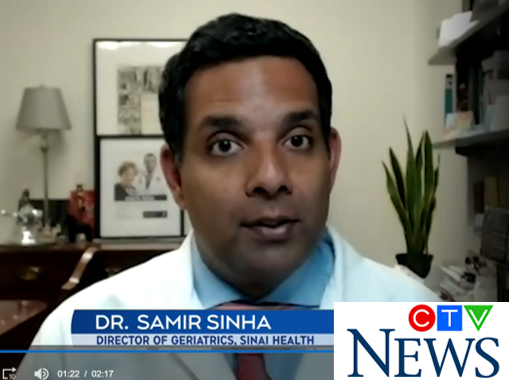








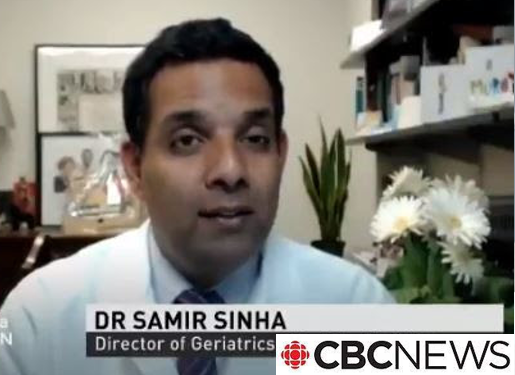
























































































































































































































'We are not out of the woods yet': Ontario extends stay-at-home order until at least June 2
Dr. Nathan Stall, Associate Fellow at the NIA, said in a tweet that just 1.6 per cent of Ontario’s COVID-19 cases have been travel related. “Ford’s claim that Ontario’s third wave of COVID-19 was driven by our porous borders is simply untrue.”
LEARN MORE>